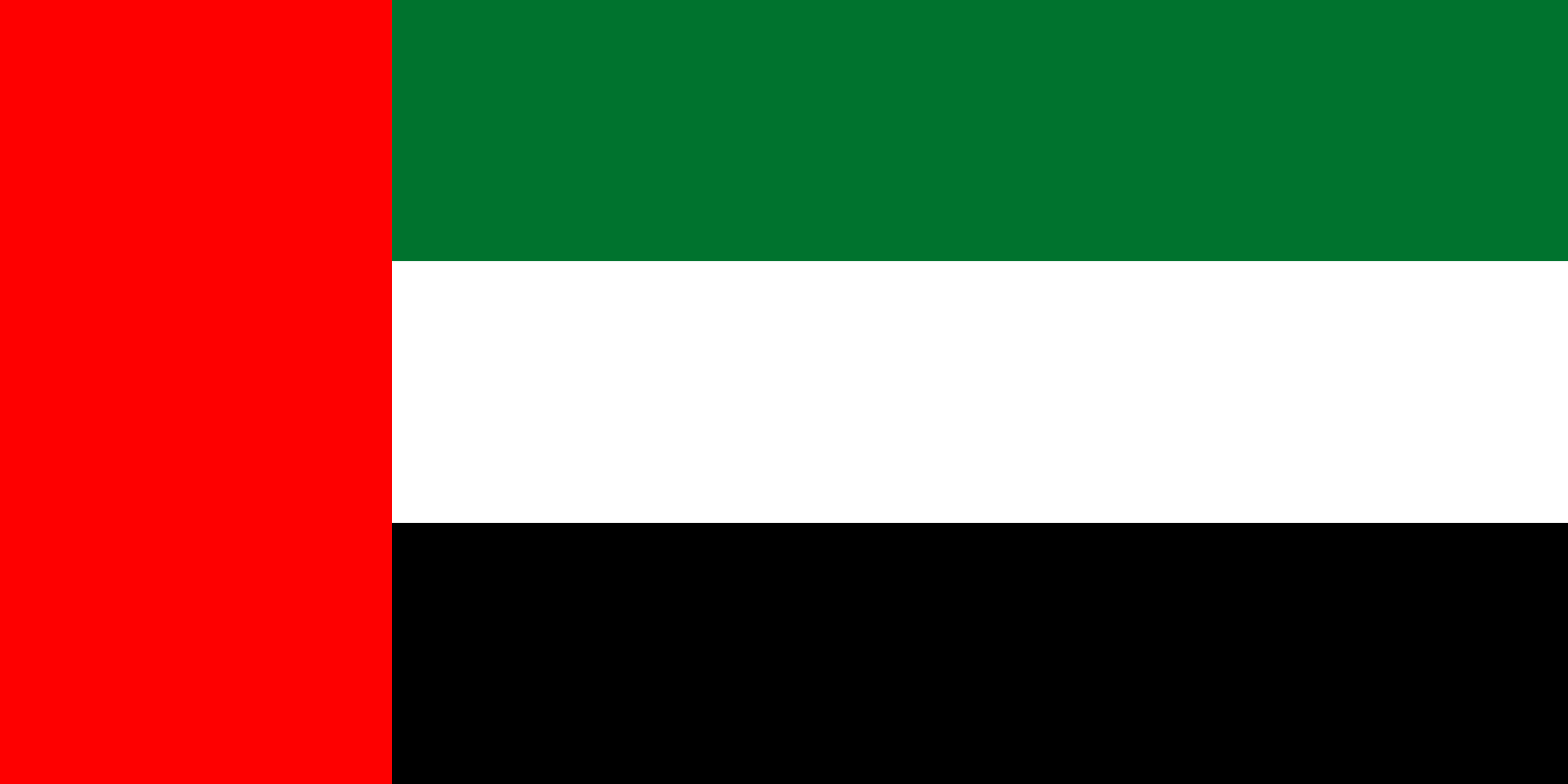
Geography

Source: This image is the intellectual property of TUBS. Redistribution under licence CC BY-SA 3.0
Area: 83,600 km2 (0% water)
Coastline: 1,318 km
Terrain: Barren coastal plain, vast desert, mountains in the east
Highest point: Jabal Yibir 1,527 m (northeast, close to the border with Oman’s exclave on the Musandam Peninsula)
Climate: desert, cooler in the east
Geographical population distribution: more than 80% of the population is concentrated in the coastal cities of Dubai, Abu Dhabi and Sharjah
Natural resources: petroleum, natural gas
Demographics
Population: 11,346,000 (2025)
Annual population growth: ~0.58% (2022 est.)
Population estimate for 2025: 11,346,000
Age distribution (2025)
0–14 – 14.45%
15–64 – 83.65%
65+ – 1.90%
Fertility rate (children per woman): ~1.46 (2022 est.)
Birth rate (births per 1,000 people): ~10.8 (2022 est.)
Death rate (deaths per 1,000 people): ~1.56 (2022 est.)
Median age: ~31.6 years (2025)
Life expectancy (at birth): ~83.2 years (2025 est.)
Men – ~82.4 years
Women – ~84.4 years
Net migration: ~3.45 migrants per 1,000 population (2022 est.)
Languages: Arabic (official); English, Hindi-Urdu, Malayalam, Tagalog, Persian widely spoken
Religions: Majority Muslim (Sunni & Shia); also Christians, Hindus, and others
Ethnic groups: Population primarily of South Asian origin; small percentage of Emiratis (~11–12%)
Economy
GDP: $568.6 billion (2025 est.)
GDP per capita: $51,290 (2025 est.)
Annual GDP growth rate: ~4% (2025 est.)
Public debt (% of GDP): — data for 2025 not available
Inflation (CPI): ~2.1% (2025 est.)
Unemployment: ~3.36% (2021)
Imports: — data for 2025 not available
Exports: — data for 2025 not available
Global Competitiveness Report: — 2025 estimate not available
Index of Economic Freedom: — 2025 estimate not available
Income Inequality Index (Gini): 26.0 (2018)
Prosperity Index: — 2025 estimate not available
Key figures for Q1 2025 (Abu Dhabi):
GDP: AED 291 billion (+3.4%)
Non-oil economy: +6.1% YoY — 56.2% of total GDP
Non-oil business activity (July 2025):
PMI: 52.9 — sluggish expansion at a slower pace, due to geopolitical and tourism-related tensions.
Military Power
Active Personnel: 65,000 (2021)Land Forces: 45,000
Navy:3,000
Air Force: 5,000
Defence expenditure (% GDP): 5.6% (2014)
Politics and Government
Government type: Constitutional monarchyPresident: Sheikh Mohamed bin Zayed Al Nahyan (since May 2022)
Prime Minister / Vice‑President: Sheikh Mohammed bin Rashid Al Maktoum (since January 2006)
Next elections: Parliamentary elections 2023
Rule of Law - Human Rights
Corruption Perceptions Index (Transparency International)71/100 (2020 - position 21/180) Rule of Law Index (World Justice Project)
0.65/1 (2020 - position 30/128) Global Terrorism Index (Institute for Economics & Peace)
0.048/10 (2019 – position 130/163) Fragile States Index (Fund For Peace)
40.3/120 (2021 – position 151/179) Democracy Index (Economist Intelligence Unit)
2.70/10 (2020 – position 145/167) Press Freedom Index (Reporters Without Borders)
43.13/100 (2021 – position 131/180) Freedom in the World Index (Freedom House)
27/100 (2021)




